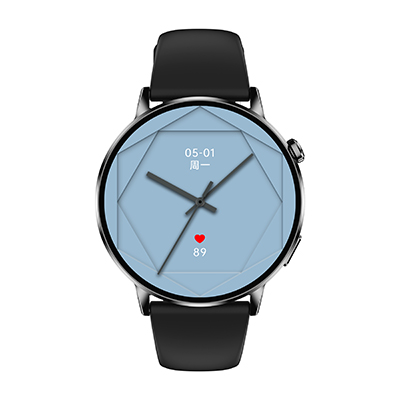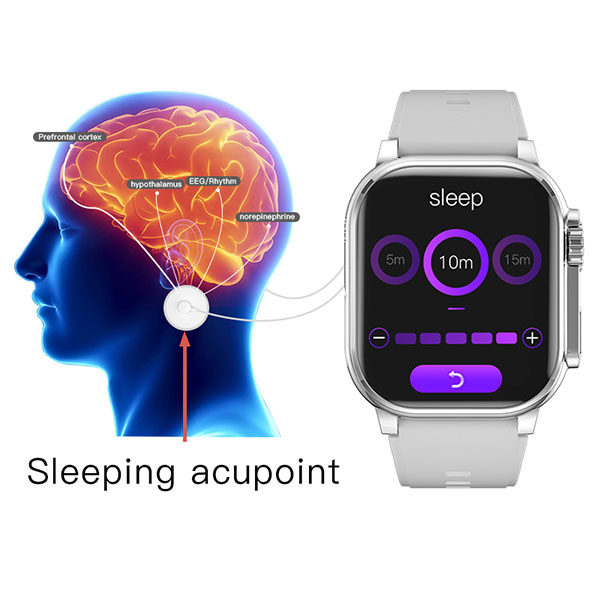Shenzhen Geyan Technology Enterprise has been using smart wearables for many years and deeply understands that heart rate and blood pressure monitoring smartwatches have become a powerful assistant for modern people to pay attention to their own health. This type of heart rate and blood pressure monitoring smartwatch not only has the time display and message reminder functions of traditional smartwatches, but also integrates advanced biosensor technology, which can monitor users' heart rate and blood pressure data in real time and conveniently. For consumers who value health management, heart rate and blood pressure monitoring smartwatches provide a non-invasive and continuous way to track health data. At the same time, similar products can also be applied to different industries and target different audiences, and their current functions are very powerful.
In developed countries and regions such as Europe and the United States, the market access standards for heart rate and blood pressure monitoring smartwatches are relatively stringent. Taking the United States as an example, any smartwatch claiming to have medical-grade blood pressure monitoring capabilities must submit an application to the U.S. Food and Drug Administration (FDA) and undergo corresponding clinical validation to prove the accuracy and reliability of its measurements. Therefore, heart rate and blood pressure monitoring smartwatches sold in the European and American markets, if their functions involve medical purposes, will typically be clearly labeled as "medical devices" or have obtained relevant certifications. When purchasing, consumers can check the product description or the official website for certification information to ensure the smartwatch complies with local regulatory requirements.

Notably, the technical principles of heart rate and blood pressure monitoring in smartwatches are largely consistent across regions, typically utilizing photoplethysmography (PPG) combined with algorithmic models to estimate blood pressure values. However, due to differences in race, lifestyle habits, and environmental factors, the measurement accuracy of heart rate and blood pressure monitoring in smartwatches may vary among different populations. Therefore, even smartwatches certified for heart rate and blood pressure monitoring in Europe and the United States may require algorithm optimization for specific regional users to enhance the applicability and reliability of these devices in local markets.
